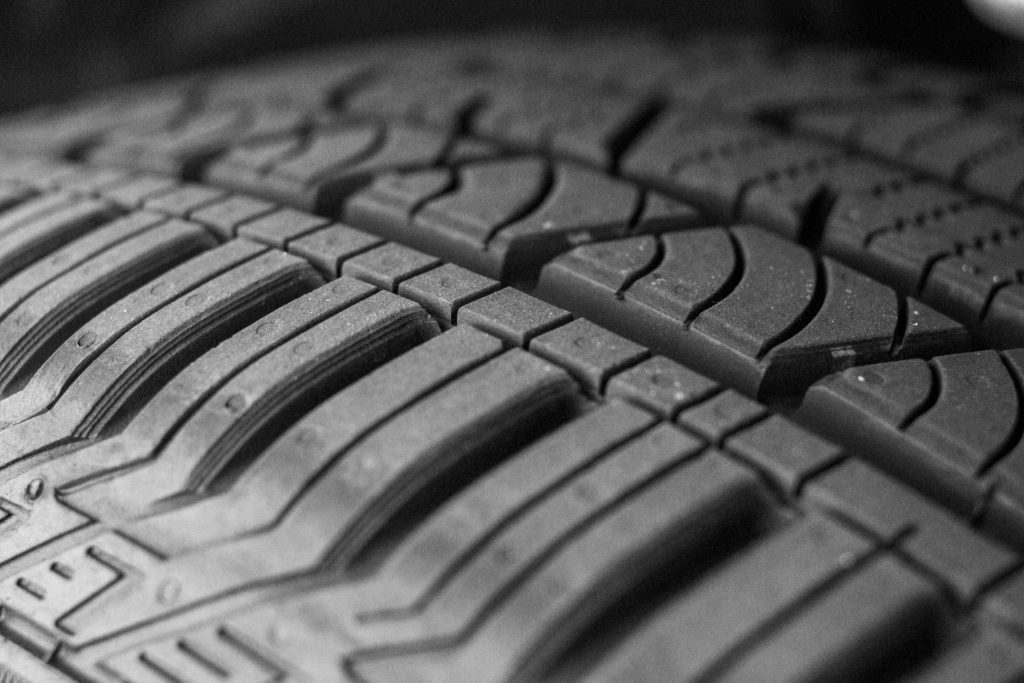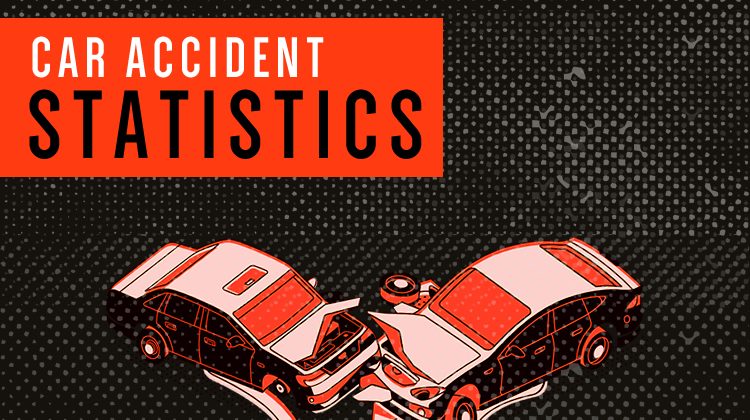Tires are the only part of your vehicle that actually touch the road, making their condition critical to your safety. Yet many drivers overlook the importance of regular tire maintenance. Driving with worn tires can dramatically increase your risk of an accident, especially in wet or slippery conditions. If a crash happens because of poor tire maintenance, a Sarasota car accident lawyer can help you understand your rights and the role tire condition may have played in the collision.
Why Worn Tires Are So Dangerous
Tires with insufficient tread can’t grip the road effectively. This lack of traction makes it harder to accelerate, steer, and — most importantly — stop. The U.S. National Highway Traffic Safety Administration explains that tire tread helps channel water away from the tire’s contact patch, reducing the risk of hydroplaning. When tread wears down, water has nowhere to go, and the tire can lose contact with the road entirely.
Even in dry conditions, worn tires compromise handling. Turns become more difficult to control, and emergency maneuvers are riskier. A sudden stop on bald tires can extend your braking distance significantly, which could be the difference between avoiding a hazard and causing a crash.
Increased Risk in Wet Weather
Florida’s frequent rainstorms make worn tires an even bigger hazard. Hydroplaning happens when water builds up under your tires faster than it can be dispersed. In that moment, your car may slide uncontrollably, leaving you unable to steer or brake effectively.
According to the FMCSA, wet weather conditions require tires with good tread to maintain control. For Sarasota drivers, worn tires can make even a short trip during a summer rainstorm treacherous.
Blowouts and Tire Failures
Another major danger of worn tires is the increased risk of blowouts. As the tread wears down, the tire’s structure becomes weaker. Heat buildup, road debris, or hitting a pothole can cause the tire to rupture. A blowout at high speed can be catastrophic, especially if it causes the driver to lose control in traffic.
The lack of tread depth also makes tires more susceptible to punctures. Small nails, glass, or sharp rocks are more likely to penetrate a worn tire than one with a full tread, leading to sudden air loss and dangerous handling changes.
Longer Stopping Distances
Stopping distances are greatly affected by tire condition. On a dry road, bald tires may require several more car lengths to come to a complete stop. On wet roads, the difference is even greater. This delay can mean the difference between stopping safely and rear-ending another vehicle.
Research cited by the National Institute for Occupational Safety and Health (NIOSH) shows that poor tire maintenance is a contributing factor in many preventable motor vehicle accidents. When your tires can’t stop you in time, the chances of causing or being involved in a collision increase dramatically.
Signs Your Tires Need to Be Replaced
Many drivers don’t realize their tires are dangerously worn until it’s too late. Key signs include:
-
Tread depth of less than 2/32 of an inch (use a penny test — if you can see all of Lincoln’s head, it’s time for new tires).
-
Visible wear bars — these are small rubber indicators between the tread grooves that appear flush with the tread when it’s worn out.
-
Cracks, bulges, or cuts in the sidewall.
-
Uneven wear patterns, which may indicate alignment or suspension issues.
Checking your tires monthly can help you catch problems before they become dangerous.
Preventing Tire-Related Accidents
The best defense against tire-related accidents is regular maintenance. Rotate your tires according to your vehicle manufacturer’s recommendations, keep them properly inflated, and replace them when they reach the minimum safe tread depth.
Driving with properly maintained tires not only keeps you safer but can also improve fuel efficiency and extend the life of your suspension components.
Legal and Financial Consequences
If an accident occurs due to worn tires, you could face more than just repair costs. Insurance companies may reduce or deny your claim if they determine that poor maintenance contributed to the crash. In some cases, you might even be held liable for damages or injuries caused to others.
From a legal standpoint, tire safety isn’t just about protecting yourself — it’s about protecting others on the road. Keeping your tires in good condition is part of your responsibility as a driver.





No Comment